For a brief period in the early 1960s, a group of choreographers, visual artists, composers and filmmakers gathered in Judson Memorial Church, a socially engaged Protestant congregation in New York’s Greenwich Village, for a series of workshops that ultimately redefined what counted as dance. The performances that evolved from these workshops incorporated everyday movements, gestures drawn from the street or the home, while their structures were based on games, simple tasks and social dances. Spontaneity and unconventional methods of composition were emphasised as the Judson artists investigated the fundamentals of choreography, stripping dance of its theatrical conventions.
Through live performance, film, photography, sculptural objects, musical scores, poetry, and archival materials, this exhibition traces the history of Judson Dance Theater both in and outside the church, from the workshops that took place there to other spaces around downtown New York. Find out more about the Judson Dance Theater exhibition from MoMA’s website.
Preview the exhibition below | See Apollo’s Picks of the Week here

Warner Jepson’s photograph of The Branch (1957), Anna Halprin. Courtesy of the Estate of Warner Jepson
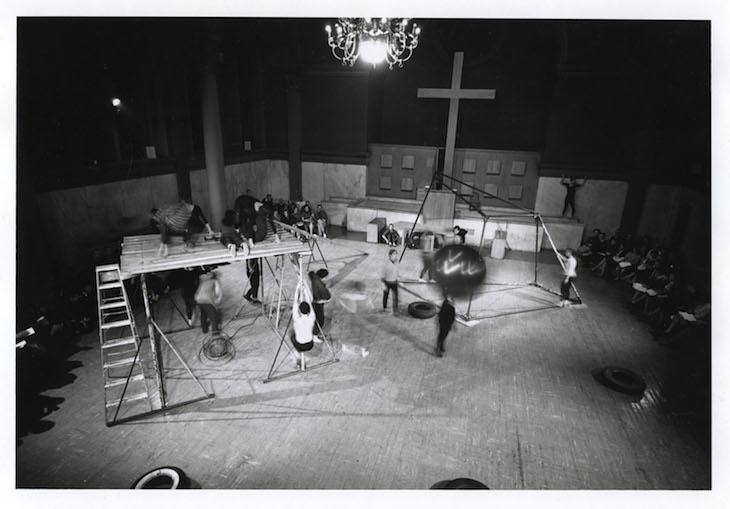
Peter Moore’s photograph of Qui a mangé le baboon? (1963), Charles Ross. Courtesy Paula Cooper Gallery, New York; © Barbara Moore/Licensed by VAGA, New York, NY
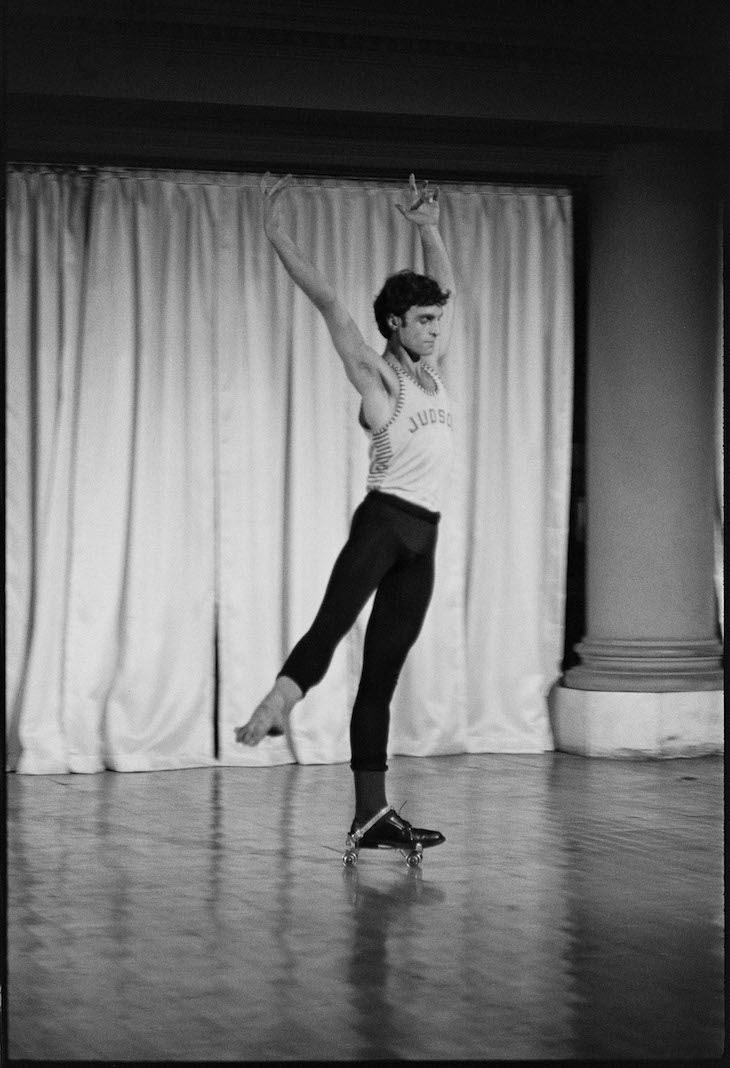
Al Giese’s photograph of Fred Herko in Binghamton Birdie (1963). © Estate of Al Giese/Licensed by VAGA, New York, NY
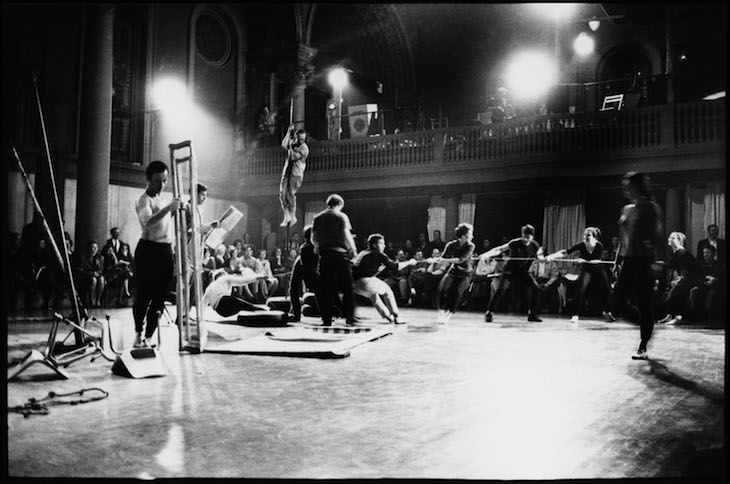
Peter Moore’s photograph of Intermission (1963), Philip Corner. Courtesy Paula Cooper Gallery, New York; © Barbara Moore/Licensed by VAGA, New York



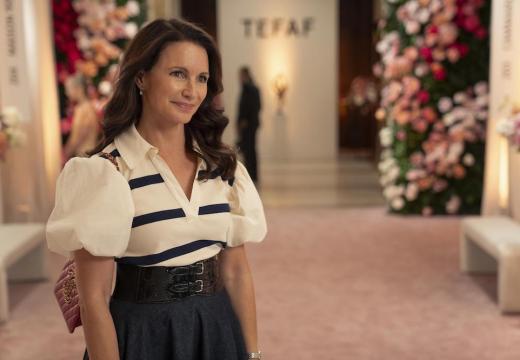
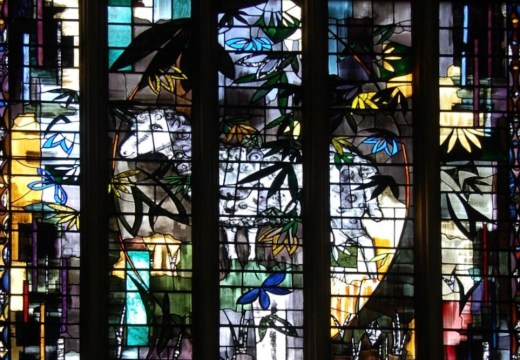
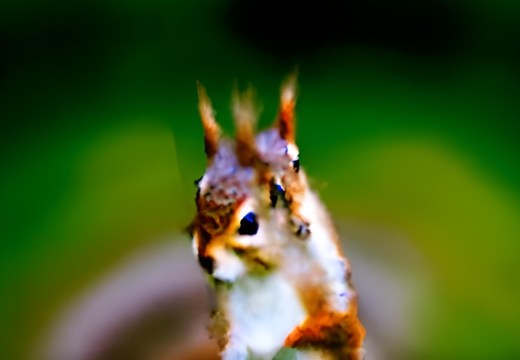

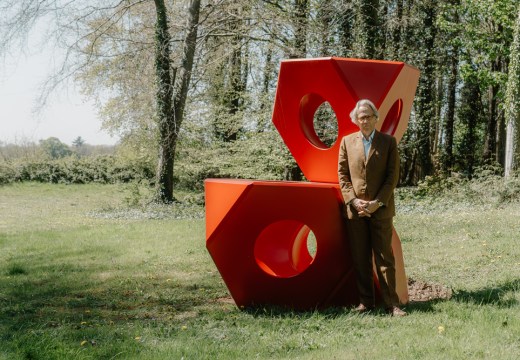



![Masterpiece [Re]discovery 2022. Photo: Ben Fisher Photography, courtesy of Masterpiece London](https://apollo-magazine.com/wp-content/uploads/2022/07/MPL2022_4263.jpg)
‘A revolutionary flame burned bright within him’: David Bindman (1940–2025)